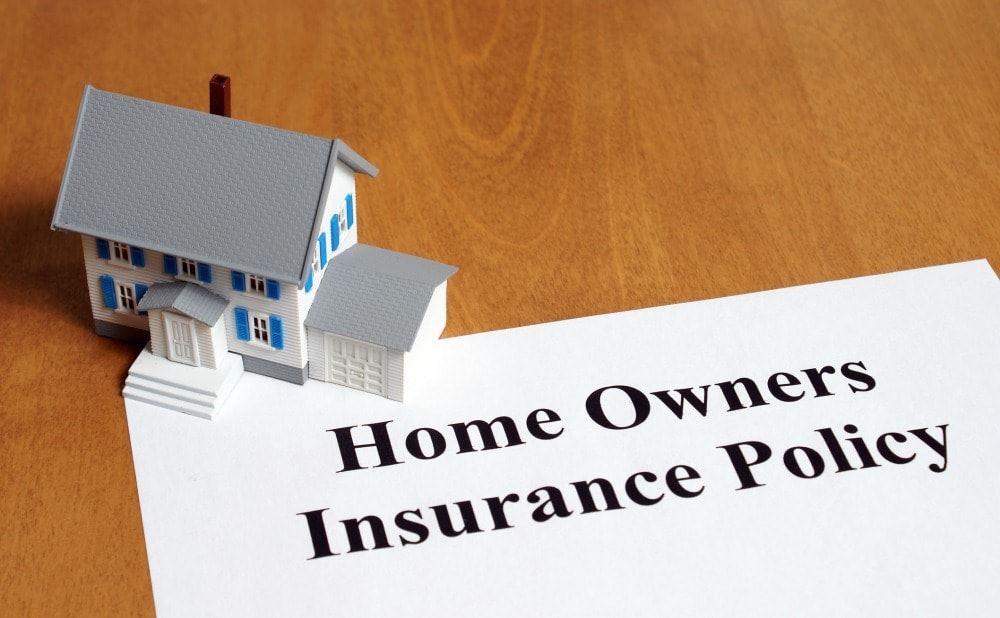When it comes to insuring your residence, whether it’s a condo or a standalone house, understanding the differences in insurance needs is crucial. Condos and houses have distinct ownership structures and physical characteristics, which necessitate different insurance coverage. In this article, we’ll explore the key differences between home insurance for condos and houses to help you make informed decisions about protecting your property.
1. Ownership Structure:
The primary difference between insuring a condo and a house lies in the ownership structure. When you own a house, you typically own the land and the structure outright. As a result, your insurance policy covers both the dwelling and the land it sits on. In contrast, condo ownership involves owning a unit within a larger building or complex, with shared ownership of common areas such as hallways, elevators, and recreational facilities. Condo insurance, also known as HO-6 insurance, typically covers the interior structure of the unit and personal belongings, while the condo association’s master policy covers the building’s exterior and common areas.
2. Dwelling Coverage:
For homeowners, dwelling coverage is a fundamental component of their insurance policy, protecting the physical structure of the house against perils such as fire, theft, vandalism, and natural disasters. Dwelling coverage for houses includes not only the main dwelling but also other structures on the property, such as garages, sheds, and fences. In contrast, condo insurance policies typically provide coverage for the interior structure of the unit, including walls, floors, ceilings, fixtures, and built-in appliances. The exterior structure of the condo building and common areas are covered by the condo association’s master policy.
3. Liability Protection:
Liability protection is another essential aspect of both condo and homeowners insurance. It covers legal expenses, medical bills, and damages if someone is injured on your property or if you accidentally cause property damage or bodily injury to others. Homeowners liability insurance typically provides broader coverage since homeowners are responsible for both their dwelling and the surrounding property. Condo insurance includes personal liability coverage for incidents that occur within the unit but may not extend to common areas, where the condo association’s liability coverage applies.
4. Personal Property Coverage:
Personal property coverage protects your belongings, such as furniture, clothing, electronics, and appliances, against theft, damage, or loss. While homeowners insurance covers personal property both inside the house and on the property premises, condo insurance typically covers personal belongings within the unit. However, it’s essential to review the condo association’s master policy to understand any limitations or exclusions regarding personal property coverage for common areas or shared facilities.
5. Loss Assessment Coverage:
Condo owners may also need loss assessment coverage, which protects against special assessments levied by the condo association for damages or liabilities not fully covered by the master policy. For example, if the condo building sustains significant damage from a covered peril like a hurricane, and the master policy’s coverage is insufficient to cover the repairs, the condo association may impose a special assessment on unit owners to cover the shortfall. Loss assessment coverage can help mitigate the financial impact of such assessments on individual condo owners.
6. Additional Living Expenses:
In the event that your home becomes uninhabitable due to a covered peril, both homeowners and condo insurance policies typically include coverage for additional living expenses. This coverage helps pay for temporary accommodations, meals, and other essential expenses while your home is being repaired or rebuilt. However, it’s essential to review the terms and limits of coverage in your policy to ensure you have adequate protection in case of displacement.
Conclusion:
Home insurance for condos and houses differs significantly due to variations in ownership structure, property characteristics, and coverage needs. While homeowners insurance provides comprehensive coverage for standalone houses, condo insurance is tailored to the unique requirements of condominium ownership, focusing on interior structures, personal belongings, and liability protection within the unit. Understanding these differences is essential for selecting the right insurance coverage to protect your property and financial interests effectively. Whether you own a condo or a house, reviewing your insurance policy regularly and consulting with an insurance professional can help ensure you have adequate protection against unexpected risks and liabilities.



